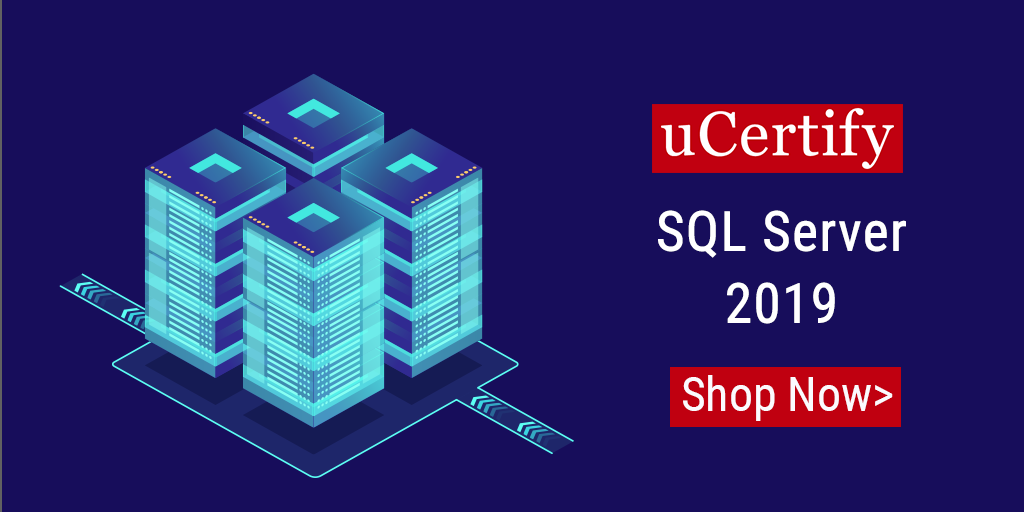
Start your exciting journey into the world of Linux expertise with uCertify’s Red Hat Certified System Administrator (RHCSA) – EX-200 course. This comprehensive course includes Pre-Assessment, Interactive Lessons, Gamified TestPrep and Post-Assessment, this course provides a well-rounded learning experience. Our course material covers the entire RHCSA exam syllabus, providing in-depth knowledge on crucial topics such as:
- Understanding and using essential tools
- Accessing the command line
- Creating, viewing, and editing text files
- Managing local Linux users and groups
- Controlling access to files with Linux file system permissions
- Configuring and securing OpenSSH service
- Analyzing and storing logs
- Managing Red Hat Enterprise Linux networking
- Archiving and copying files between systems
- Installing and updating software packages
- Accessing Linux file systems
- Using virtualized systems
Elevate your Linux administration prowess with uCertify’s RHCSA-EX-200 course. Whether you’re a seasoned professional or just starting, this transformative learning experience will equip you with the expertise needed to confidently ace the Red Hat Certified System Administrator certification. Enroll today, and let Linux excellence meet innovation in your educational journey.




